Africa
Bomb Blast Kills 26 in Northeast Nigeria
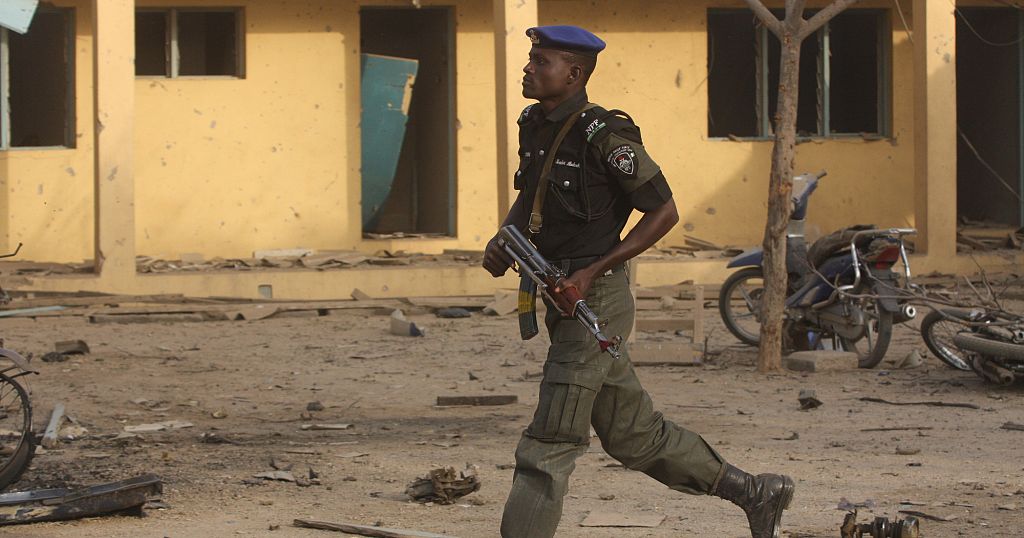
Improvised explosive devices detonated on a road in northeastern Nigeria killing at least 26 people in several vehicles, including women and children, police said Tuesday. An Islamic State group affiliate in the West African country claimed responsibility for the Monday attack.
The blasts happened on a busy road connecting the towns of Rann and Gamboru in Borno state, near the border with Cameroon, Nigerian police spokesperson Nahum Daso told The Associated Press. Multiple explosives planted along the route ripped into several civilian commercial vehicles coming from Rann, killing at least 26 people, he said.
Most of those killed were local farmers and traders crowded in a Toyota pick up van that drove over a land mine, Daso said. He said the mine was buried by suspected militants from the Islamic State affiliate known as IS West Africa Province. Besides the dead, at least three people were injured and were taken to nearby medical facilities for treatment. Security forces have since secured the area and begun clearance operations.
Abba Modu, a member of the Civilian Joint Task Force, a vigilante group that supports the military in the fight against Islamic militants, said the explosives may have been intended for security operatives who regularly patrol the highway. “Terrorists often plant IEDs in craters or under sand on severely damaged sections of roads, typically targeting soldiers,” Modu said.
The Islamic State West Africa Province, also known as ISWAP, claimed responsibility for the attack in a statement on Telegram on Tuesday. The IS-linked group is an offshoot of Boko Haram, Nigeria’s homegrown jihadis who took up arms in 2009 to fight Western education and impose their radical version of Islamic law. In 2016, ISWAP broke away from Boko Haram following a dispute over leadership and the strategy of attacking civilian targets such as mosques and marketplaces. The conflict between Nigeria and Islamic extremists is Africa’s longest struggle with militancy.
It has spilled into Nigeria’s northern neighbours Chad, Niger and Cameroon, and has left some 35,000 civilians dead and more than 2 million displaced, according to the U.N. Nigeria’s northeastern region has been particularly hard hit by Islamic militant violence. Earlier this month, a roadside bomb suspected to have been planted by Islamic extremists in northeastern Nigeria struck a passenger bus and killed eight people. On Tuesday, the Nigerian military appointed a new commander, Maj. Gen. Abdulsalam Abubakar, in the fight against Boko Haram and the Islamic State West Africa Province insurgencies in the northeast, the spokesperson for the operation said in a statement.
Africa
Researchers study using planes to cool the earth amidst global warming
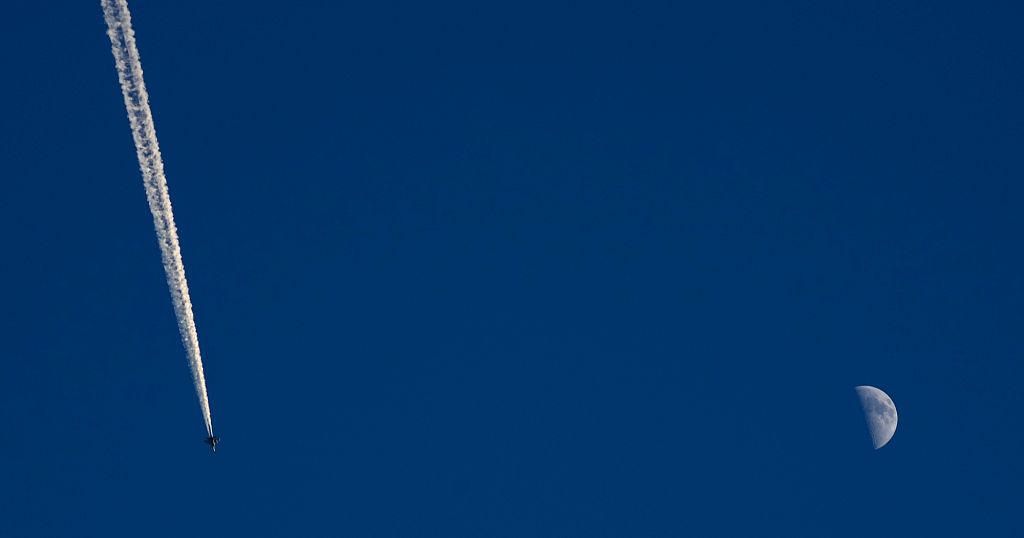
As global temperatures rise, extreme weather is forcing families from their homes.
Floods, hurricanes and melting glaciers are displacing communities across the planet.
Some scientists are researching ways to deal with climate change by manipulating the world’s atmosphere or oceans.
Known as geoengineering, it’s often rejected because of potential side effects, and is usually mentioned not as an alternative to reducing carbon pollution, but in addition to emission cuts.
One idea is to reflect sunlight away from the Earth before it can heat the surface – a process known as stratospheric aerosol injection.
A new study by University College London researchers suggests that this could be done using planes already in service today, rather than developing costly new aircraft to reach the highest parts of the atmosphere.
Stratospheric aerosol injection would work by releasing tiny particles into the atmosphere’s dry, stable upper layer called the stratosphere.
These particles would scatter sunlight back into space, reducing the amount reaching the Earth’s surface and helping to cool the planet.
Previous research focused on injecting aerosols high above the tropics, at altitudes of 20 kilometres or more, which is beyond the reach of most existing planes.
But the new study found that injecting lower down, around 13 kilometres, near the poles, could still have a significant impact.
It could mean aircraft like the Boeing 777, which is already capable of reaching these altitudes, could be adapted for the task.
Alistair Duffey, a PhD researcher at UCL, led the study.
He says: “So our study examined a climate intervention technique called stratospheric aerosol injection, which is an idea to cool down the planet by adding a layer of small reflective particles, aerosols, into the high atmosphere. Those particles would reflect a small amount, perhaps 1% of the incoming sunlight. And there was good evidence that this could be used to cool the planet, and perhaps to reduce some climate impacts on vulnerable people around the world.”
Using the UK’s advanced Earth System Model, researchers simulated injecting sulphur dioxide (a gas that quickly transforms into reflective sulphate aerosols) into the stratosphere over the polar regions during their respective spring and summer seasons.
The study showed that despite the lower altitude, it would still be possible to cool the planet by around 0.6 degrees Celsius.
This is roughly the same as the temporary cooling after the eruption of Mount Pinatubo in 1991, when volcanic gases injected into the atmosphere caused global temperatures to dip.
The researchers examined how the effectiveness of cooling changes depending on where and how high the particles are released, as well as how much sulphur dioxide would be needed.
“What we were interested in is understanding the trade-off between the difficulty, the logistical challenge of doing this and the climate impacts on the ground. So in particular, we wanted to understand how, if you could get to different altitudes in the sky, how the level of impact on the ground would vary depending on how high we could go. In general, it’s harder to do this at high altitudes. So our central finding was that if we were limited to using existing large aircraft and therefore limited to altitudes of up to around 13 kilometres, we found that there was still meaningful climate impacts. We could still cool the planet meaningfully with plausible injection magnitudes of aerosols.”
The cooling effect comes from a chain of chemical reactions.
Once sulphur dioxide is released into the dry stratosphere, it reacts with water vapour and oxygen to form sulphuric acid, which then forms microscopic droplets — sulphate aerosols.
These aerosols remain suspended for months, reflecting sunlight away from Earth.
Eventually, they fall into the lower atmosphere and are washed out by rain — mostly as diluted acid rain.
“We are imagining releasing sulphur dioxide, which is a gas, which would react with water vapour and oxidise into sulfuric acid, which then dissociates and part of that sulfuric acid is the sulphate aerosol, which this kind of small liquid droplet. They tend to produce a size distribution in the stratosphere, which makes them good reflectors of sunlight. Those sulphate aerosols then slowly sediment downwards through the stratosphere and ultimately once they re-enter the troposphere, the part of the atmosphere we live in, most of them rain out so they come out in water and as acid rain essentially.”
While the chemical processes are well understood, the engineering challenges are significant.
Delivering large volumes of sulphur dioxide safely at high altitude would require modifying existing aircraft or building entirely new ones.
Creating new specialist aircraft capable of reaching 20 kilometres would likely take a decade and billions of pounds in development costs.
Instead, the researchers believe adapting existing aircraft could provide a faster and cheaper option.
But even this would require careful redesign to allow for planes to safely store and release a toxic gas at high altitudes without posing risks to crew, passengers or the environment.
“In our case, if you were using existing aircraft, then there would still be a modification programme required. You’d need some way to vent the slipper dioxide and to carry it safely. It’s a toxic gas, right? If you release this at ground level, it could be quite harmful. So there are definitely big engineering challenges, but they will be less intensive than the higher altitude deployment.”
The UCL researchers behind the study stress that stratospheric aerosol injection would not be a substitute for cutting emissions and would carry serious risks if not carefully managed.
However, other researchers, such as Raymond Pierrehumbert, Professor of Physics at University of Oxford, are sceptical about the the risks posed by using geoengineering to limit the most dangerous impacts of climate change.
He says: “Carbon dioxide will continue to affect the climate and give us warming for thousands of years, but the stratospheric aerosols fall out in a matter of a year or so. And so if you get into a situation where you rely on it, where you’re relying on stratospheric aerosol injection, you’re really locking humanity into doing it without fail for centuries at least. And that’s a very perilous situation to be in. And if you do it at a time when we haven’t yet reached net zero, then you have to do more of it each and every year. And if you ever stop, you get hit in the face with massive catastrophic warming very quickly.”
There are concerns that relying on aerosol injection could trap future generations into a risky, long-term commitment, with dangerous consequences if it’s ever interrupted.
“Among other things, when you deploy stratospheric aerosol injection, you can change atmospheric circulation patterns. And so this can do things like disrupt precipitation patterns, cause droughts in some places, cause excessive flooding in other places,” cautions Pierrehumbert.
Groups from the U.S. National Academy of Sciences to the United Nations Environment Programme have looked at the ethics, side effects, legal complications and benefits of geoengineering with various degrees of skepticism and cautious interest.
Africa
Cardinals Gather to Choose Pope Francis’ Successor
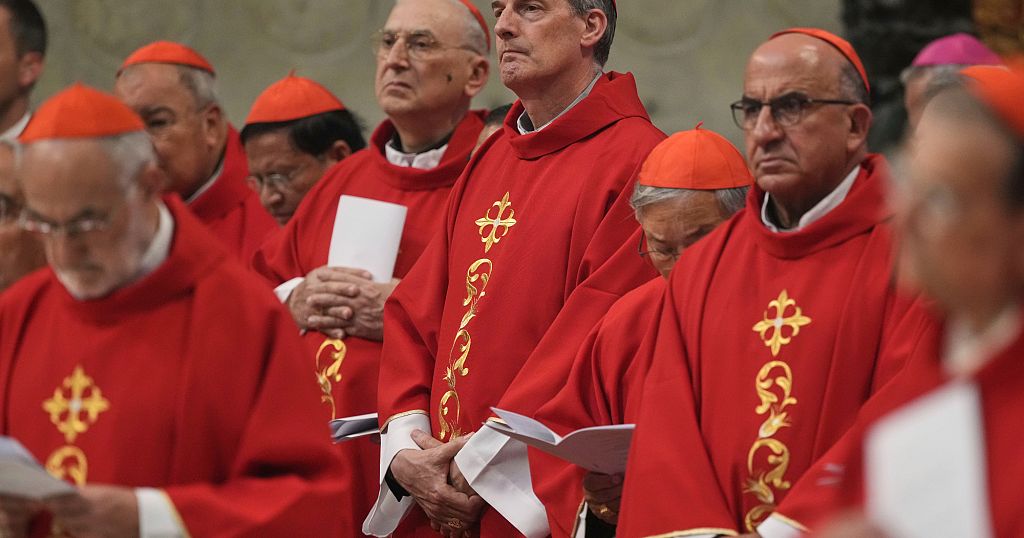
Vatican analyst Reverend Tom Reese explains the challenges facing the over 130 cardinals who will have to gather next week to choose the next Pope. They are divided on issues such as the blessing of same-sex marriages, the handling of the sex abuse crisis and the role of women in the church.
But Reese is convinced that they will also look for someone who will respect the legacy of Pope Francis and attempt to continue his work. “We’re not going to find anybody like Pope Francis, there’s just nobody like him,” he added.
Even though cardinals don’t campaign for the job of pope, there are always front-runners going into a conclave to choose the next pontiff. These so-called “papabile” are cardinals who have what are regarded to be the qualities to be pope.
While any baptised Roman Catholic male is eligible, only cardinals have been selected since 1378. The winner must receive at least two-thirds of the votes from those cardinals who are under age 80 and thus eligible to participate in the balloting.
The sacred and secretive process is no popularity contest, but rather considered to be the divinely inspired election of Christ’s Vicar on Earth by the princes of the church.
Africa
Trump marks his first 100 days in office amid trade impasse with China
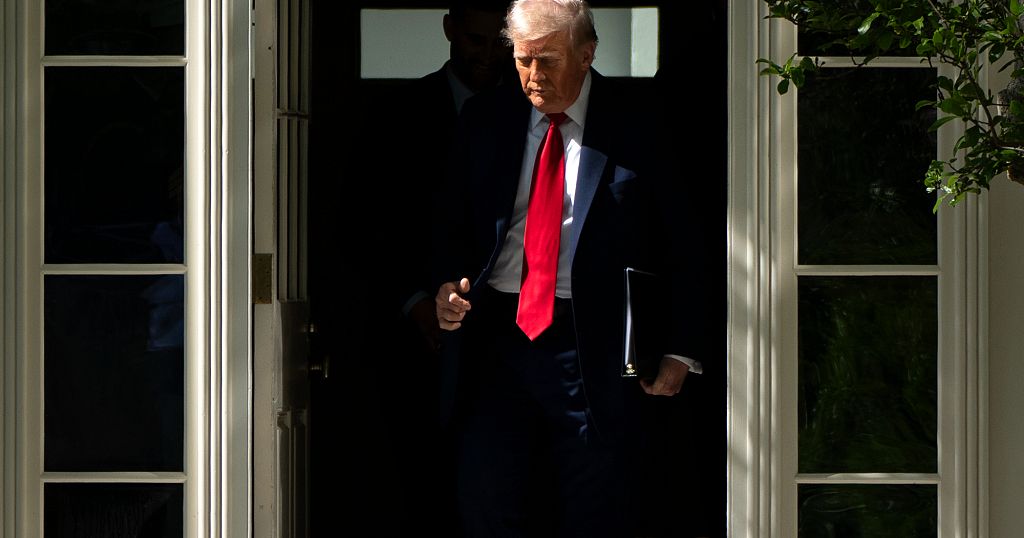
The US president, Donald Trump, is marking 100 days in office, but with frictions all over, brought about by the global tariffs mostly targeting China.
Democrats have tallied it up: The Trump administration has frozen, stalled, or otherwise disrupted some $430 billion in federal funds — from disease research to Head Start for children to disaster aid — in what top Democrats say is an “unprecedented and dangerous” assault on programs used by countless Americans.
“The first 100 days of the Trump administration have been characterized by chaos, cruelty, and corruption. America is better than this. We should be able to do better for the American people. The Trump administration has failed. And Republicans in Congress are behaving like a useless rubber stamp, and allowing extremism to hurt the American people. Now is a moment of truth. Will a handful of House Republicans step up on behalf of the American people and prevent the largest Medicaid cut in American history? Will House Republicans stand up for the veterans of America? Will House Republicans stand up and stop this effort to take food out of the mouths of children in the United States of America? asked Rep. Hakeem Jeffries, the minority Leader.
A recently released AP-NORC poll finds many Americans don’t agree with President Trump’s aggressive efforts to quickly enact his agenda, and even Republicans aren’t overwhelmingly convinced his attention has been in the right place. Americans are nearly twice as likely to say Trump has been mostly focusing on the wrong priorities as to say he’s been focusing on the right ones. The findings suggest Democrats are even unhappier with the reality of the second Trump term than before he was sworn in.
While about 7 in 10 Republicans say Trump has been at least a “good” president so far, only about half say he’s emphasized the right things.
-

 Middle East2 days ago
Middle East2 days agoDeadly US strike hits Yemeni migrant centre | Israel-Palestine conflict News
-
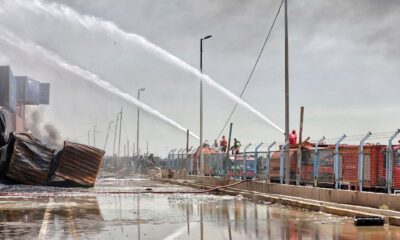
 Middle East2 days ago
Middle East2 days agoFires continue to rage at key Iran port as explosion death toll rises to 46 | Oil and Gas News
-

 Europe2 days ago
Europe2 days agoLive updates: Spain and Portugal hit by major power outage
-

 Education2 days ago
Education2 days agoStudents and faculty demand Columbia University stand up to federal government
-

 Europe2 days ago
Europe2 days agoKim Kardashian Paris robbery: Trial for those accused of the 2016 crime to start this week
-

 Conflict Zones2 days ago
Conflict Zones2 days agoKashmir attack: Why Pakistan’s threat to suspend Simla Agreement matters | Conflict News
-

 Europe2 days ago
Europe2 days agoKim Kardashian armed robbery trial opens in Paris
-

 Sports2 days ago
Sports2 days agoMao Saigo: Japanese golfer celebrates Chevron Championship win by jumping in a pond




